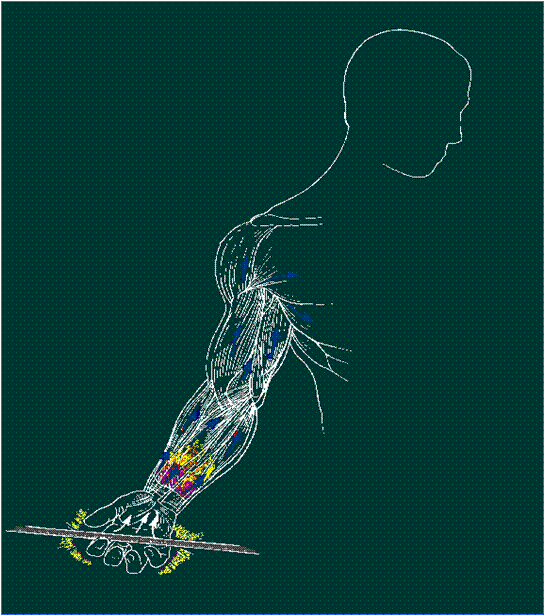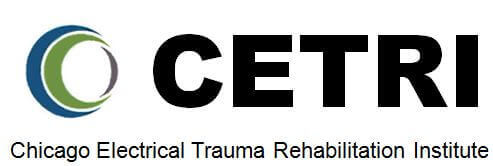
PROGRAM HISTORY
The Chicago Electrical Trauma Rehabilitation Institute (CETRI) was incorporated in 2009 to centralize the administrative operation of an ongoing 20-year old multi-institutional and interdisciplinary clinical service and research collaboration that was focused on advancing the understanding and treatment of injuries caused by human contact with strong electromagnetic forces.
CETRI is an incorporated non-profit organization that is focused on helping patients who have developed recalcitrant clinical problems after surviving an electrical shock or other electromagnetic force injury. In addition, CETRI’s providers are actively focused on research that advances the capability to accurate detect, diagnosis and treat the complex health problems that are manifested in some survivors of electrical shock injury. CETRI's primary focus is the rehabilitation of individuals that manifest challenging complex problems which are recalcitrant to standard clinical care.
Our team of clinicians and laboratory scientists have 30+ years of experience in the scientific investigation and reporting about pathophysiology and clinical manifestations of electromagnetic force injury. Several important medical advances have been made by the CETRI team. With the help of advanced imaging and laboratory measurements, the progress has been accelerating. Our scientists are widely recognized for their contributions to this field of medical research.
The CETRI team consists of expert internists, neurologists, physical and occupational therapists, anesthesiologists, and trauma physicians that work together with psychiatrists, neuropsychologists, and radiologists to evaluate the clinical problems of electrical trauma patients and formulate corrective therapies and treatment recommendations tailored to each patient's unique case.
CLINICAL FACULTY & STAFF INVESTIGATORS
Associate Professor of Anesthesia and Critical Care, University of Chicago
Internal Medicine Specialist, CETRI
Assoc. Professor of Psychiatry and Behavioral Sciences
Director, Neuropsychology Services, University of Chicago
T.R. Gowrishankar, PHD
Senior Research Engineer, Chicago Electrical Trauma Rehabilitation Institute
Professor of Surgery and Trauma Medicine, University of Chicago
Director, Laboratory for Molecular Regeneration
Dr. Kenneth Moore Co-Director UI Headache Center at UI Health
Professor of Psychiatry and Director of Neuropsychology, University of Illinois, Chicago
Associate Professor of Clinical Psychiatry and Neurology
Training Director, Neuropsychology Postdoctoral Fellowship Program, University of Illinois at Chicago College of Medicine
Assistant Professor of Physical Medicine and Rehabilitation, Northwestern University
